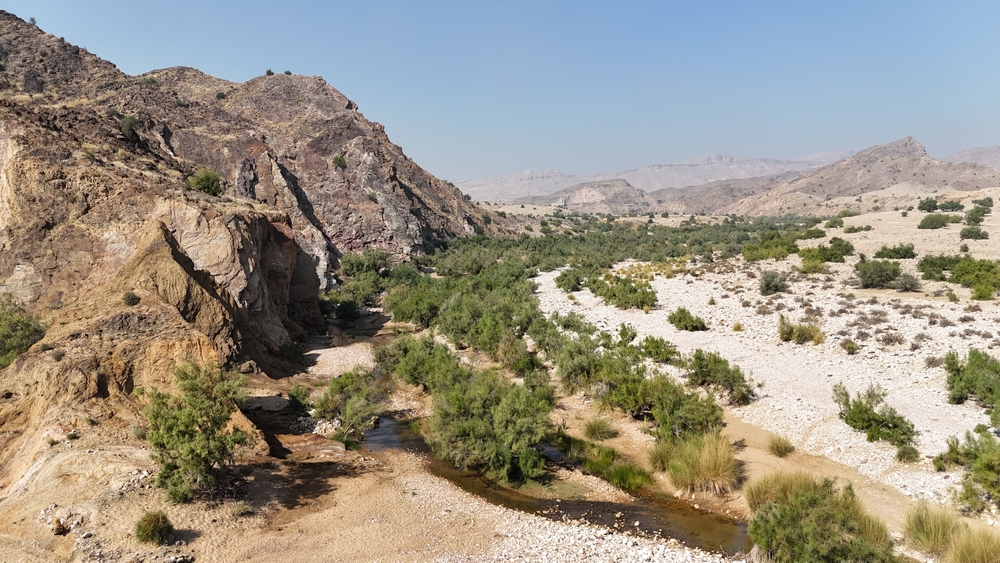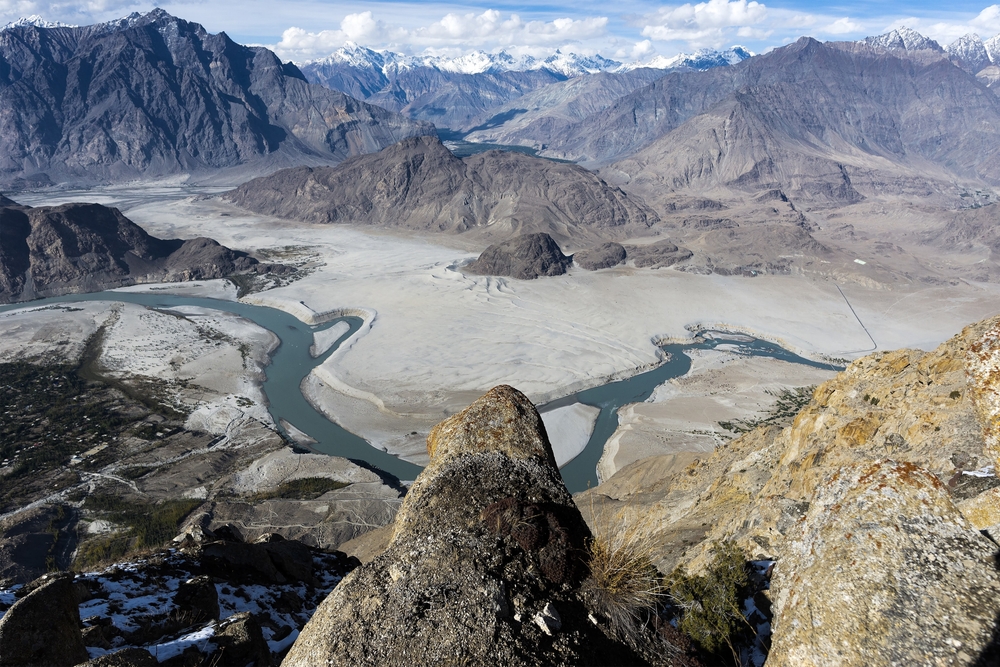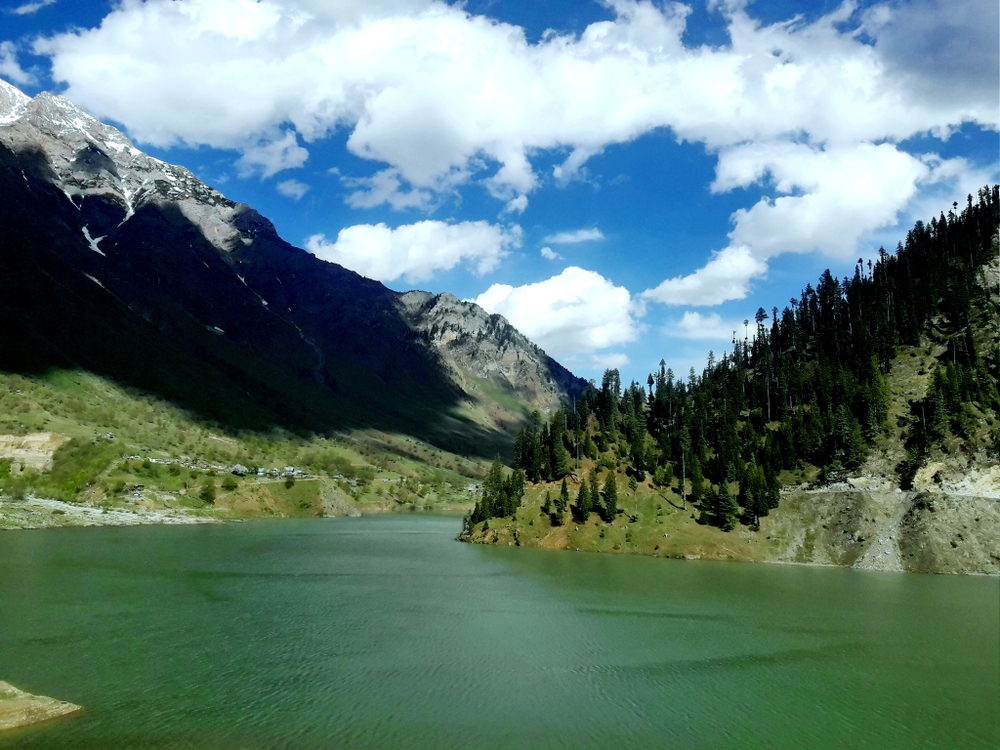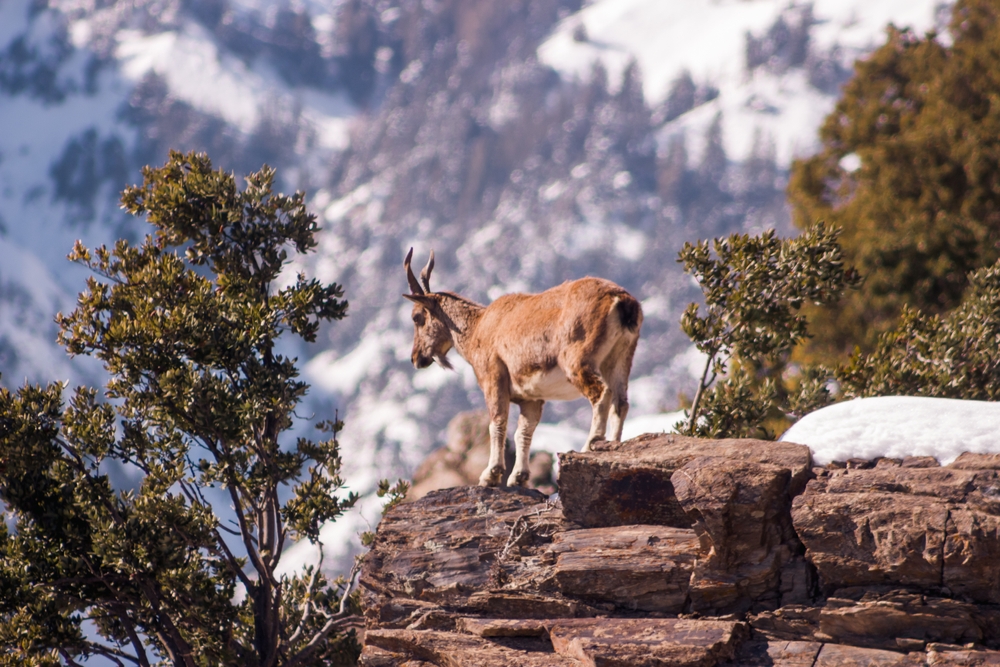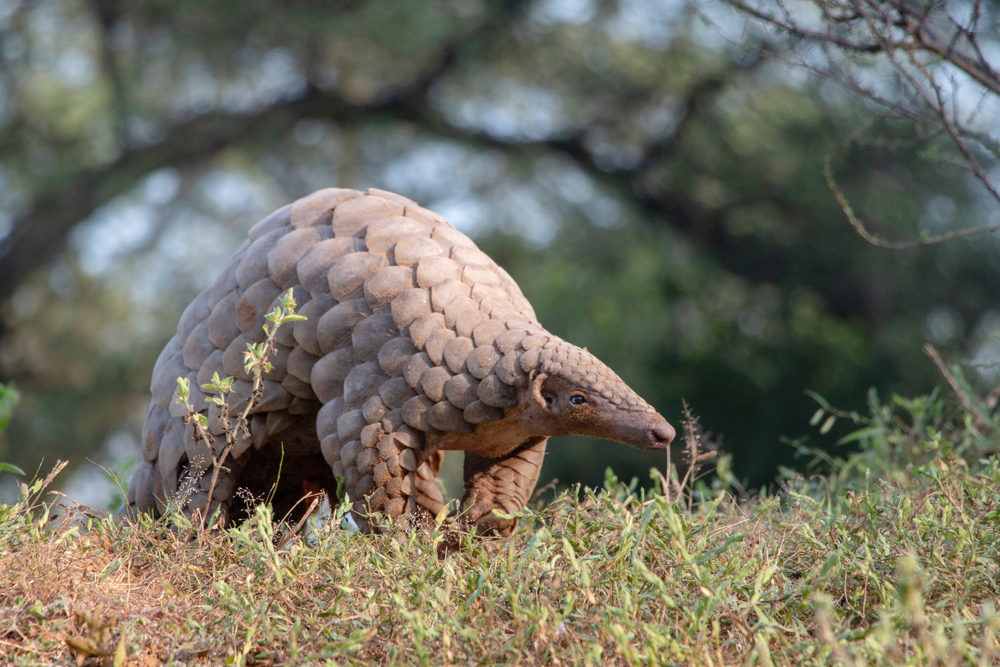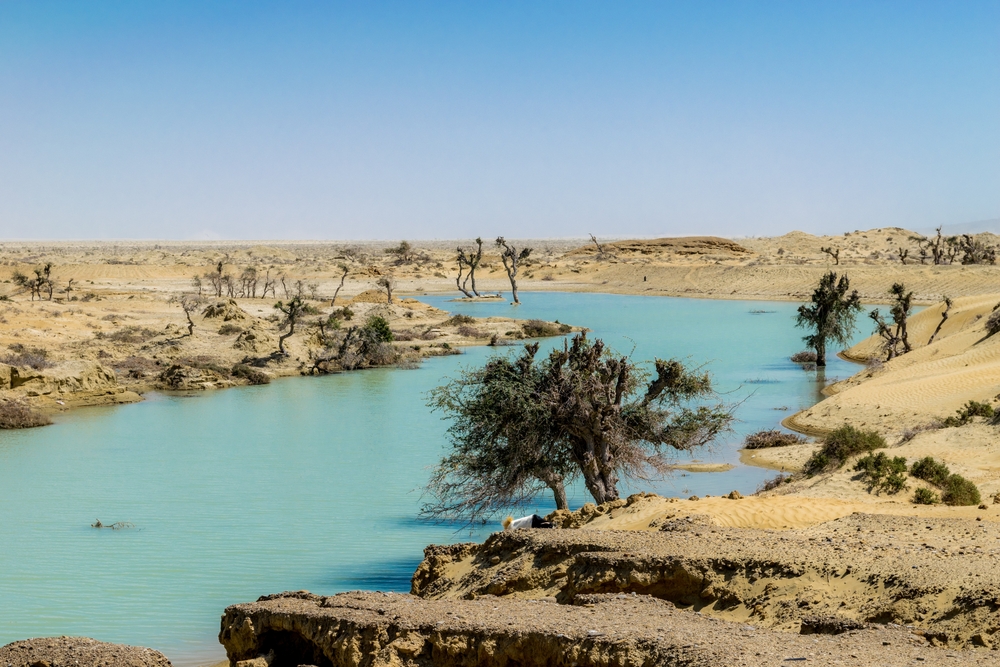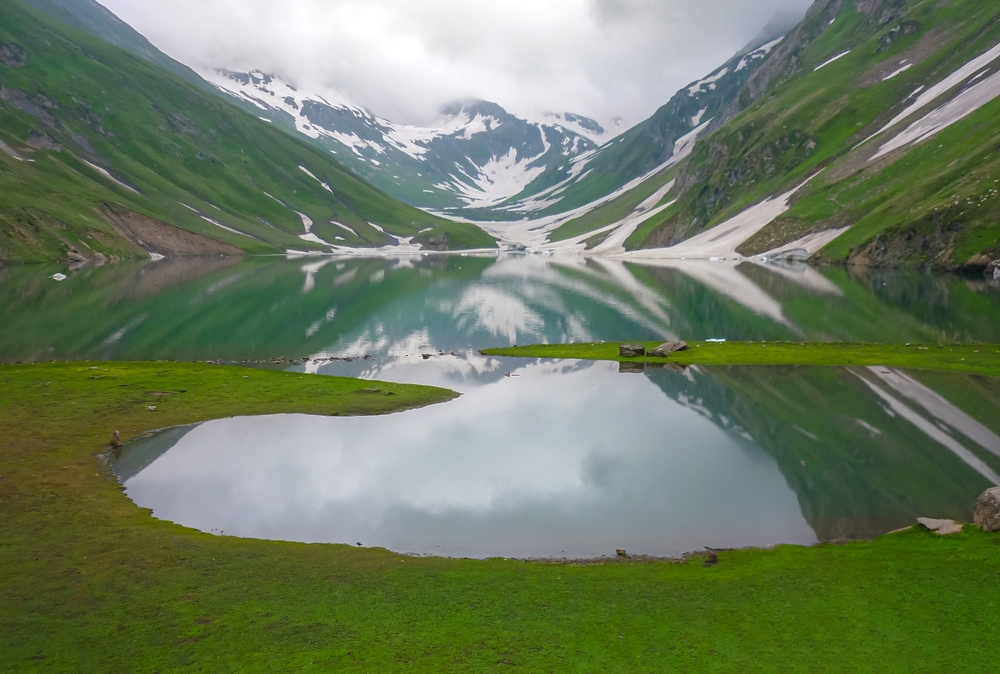Kirthar Overview
Kirthar National Park, locally known as کیرتھر نیشنل پارک, is one of Pakistan’s oldest and largest national parks, encompassing roughly 1,927 square miles (4,853 square kilometers). Located in the southwestern province of Sindh, the park lies to the west of Karachi and stretches across the Kirthar Mountain Range.
It forms a natural boundary between the provinces of Sindh and Balochistan. The park’s remote, rugged terrain and arid beauty offer a unique blend of desert and mountain landscapes that distinguish it from other protected areas in the country.
The terrain of Kirthar National Park consists primarily of stony hills, dry riverbeds, and rocky valleys, marked by the low, jagged ridges of the Kirthar Mountains. These hills gradually rise in elevation from the plains of Sindh, creating a transition zone between lowland deserts and upland plateaus.
Notable geographic features include the Khirthar Hills and Rani Kot Fort, an enormous fortification that stretches across the landscape and is sometimes referred to as the Great Wall of Sindh. Vegetation is sparse due to the arid climate, with xerophytic plants such as acacia trees, wild olives, and thorny shrubs dominating the landscape. Seasonal grasses and scattered bushes add occasional green to the rocky backdrop, especially after the monsoon rains.
Wildlife within the park is adapted to the harsh conditions, and Kirthar supports a range of mammals and birds typical of desert and semi-arid ecosystems. Key species include the Sindh ibex, which can often be seen navigating the steep hillsides, as well as chinkara gazelles and striped hyenas. Jungle cats, wild boars, and porcupines are also present.
Birdlife includes partridges, Egyptian vultures, Eurasian griffons, and various species of eagles and owls that find shelter among the cliffs and sparse trees. Reptiles such as monitor lizards and various snakes are common, particularly in the rocky and open areas of the park.
Kirthar National Park is known for its historical and cultural significance in addition to its ecological value. Rani Kot Fort, located within the park boundaries, is one of the largest forts in the world and attracts visitors interested in heritage tourism.
The park also features several freshwater springs and ancient archaeological sites, adding depth to the visitor experience. The stark beauty of the desert-mountain interface, combined with its rich cultural landmarks, makes the park a compelling destination for both nature lovers and history enthusiasts.
Visitors can explore Kirthar National Park through guided jeep safaris, nature walks, and visits to heritage sites. Wildlife viewing is best done with local guides familiar with the terrain. Eco-lodges and rest houses at Karchat and other locations provide basic accommodation for those seeking longer stays.
The park’s remote setting offers a peaceful and immersive experience, though travel requires preparation due to limited infrastructure and harsh weather conditions.
Conservation efforts in Kirthar have met with mixed success. On one hand, the park’s protected status has helped curb large-scale development and preserve key habitats. On the other, illegal hunting and habitat degradation remain concerns, particularly in areas where enforcement is weak.
The Sindh Wildlife Department has engaged in initiatives to monitor wildlife and promote community involvement in protection measures, but continued investment is needed to address poaching, land encroachment, and water scarcity challenges in this fragile ecosystem.








































































